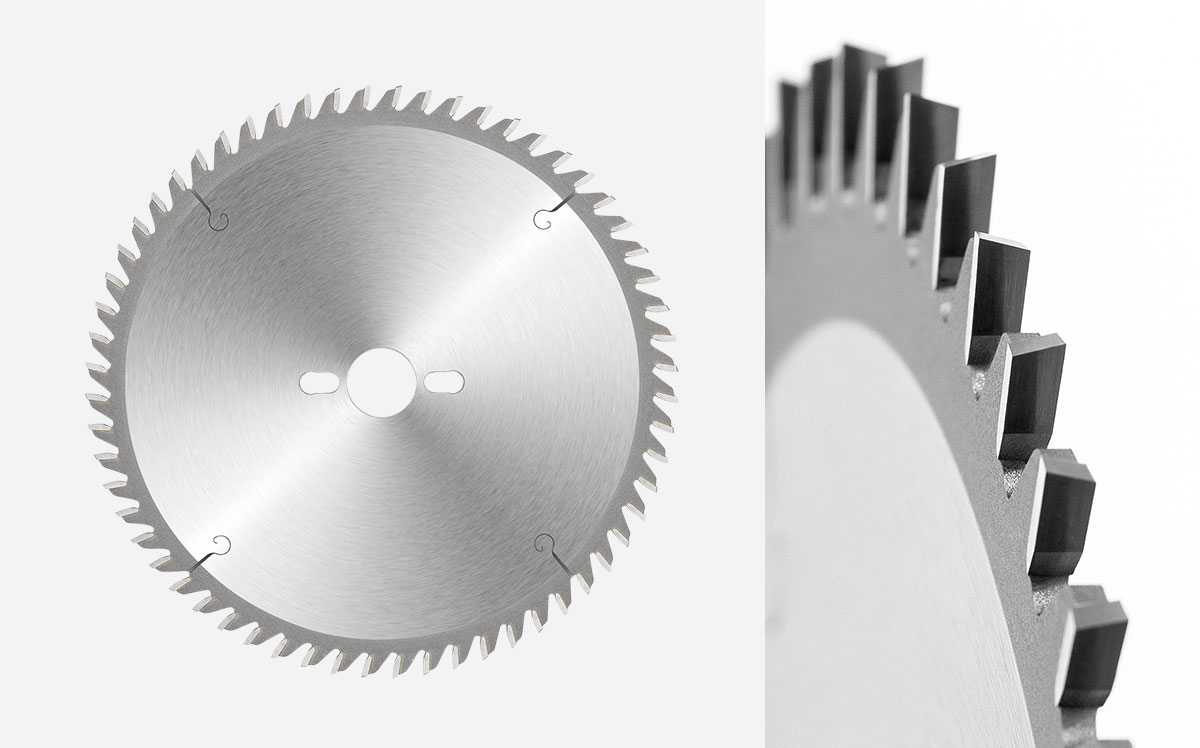I have a Makita trim router (I use 1/4" router bits) and some beech (19mm thick)... I am wanting to cut some rabbets in there so the 19mm thick long piece can slot nicely in there for the 90 degree joint.
The configurable rabbet bit I bought (changeable bearings - think they're called "step washers"?) only goes to 1/2"... about 13mm. I have been looking for a rabbet router bit that will allow me to get to dead on the 19mm... but it seems to not exist?
I could use a bit without any bearing along a clamped straight edge I suppose.
Or I could use my new table saw to cut twice and get a rabbet like that... but I was wondering why I'm finding it difficult to source this - usually there's a reason, right?
What I actually did as a test was to make multiple passes across the table saw blade at a height I thought was right for the extra 6mm or so... this didn't leave something as neat as I wanted and I needed to clean up with a chisel. Next time (this weekend) I'll probably try the 2 cuts on the table saw method.
Is it because a trim router and a 1/4" bit would just find that too hard, even if I did multiple passes?
Is it because most bits are sized for a US market and therefore the 1/2" is most widely used? But 19mm is pretty much 3/4"... I can't really seem to find router bits that go there... maybe I'm not looking hard enough? There are some specialised ones from the US "mega rabbet" it seems.
A lot of timber we buy over here is 19mm, isn't it? How best do we cut a rabbet that's 19mm wide by some depth? I'd have thought a router bit was the way to go.
I guess I'm asking because it doesn't make sense (to me)... but I'm a novice. Any advice or thoughts on this greatly appreciated.
The configurable rabbet bit I bought (changeable bearings - think they're called "step washers"?) only goes to 1/2"... about 13mm. I have been looking for a rabbet router bit that will allow me to get to dead on the 19mm... but it seems to not exist?
I could use a bit without any bearing along a clamped straight edge I suppose.
Or I could use my new table saw to cut twice and get a rabbet like that... but I was wondering why I'm finding it difficult to source this - usually there's a reason, right?
What I actually did as a test was to make multiple passes across the table saw blade at a height I thought was right for the extra 6mm or so... this didn't leave something as neat as I wanted and I needed to clean up with a chisel. Next time (this weekend) I'll probably try the 2 cuts on the table saw method.
Is it because a trim router and a 1/4" bit would just find that too hard, even if I did multiple passes?
Is it because most bits are sized for a US market and therefore the 1/2" is most widely used? But 19mm is pretty much 3/4"... I can't really seem to find router bits that go there... maybe I'm not looking hard enough? There are some specialised ones from the US "mega rabbet" it seems.
A lot of timber we buy over here is 19mm, isn't it? How best do we cut a rabbet that's 19mm wide by some depth? I'd have thought a router bit was the way to go.
I guess I'm asking because it doesn't make sense (to me)... but I'm a novice. Any advice or thoughts on this greatly appreciated.
Last edited:



